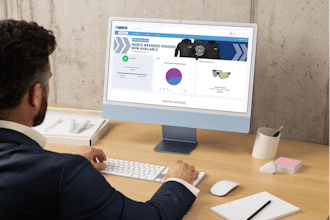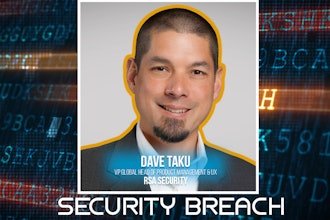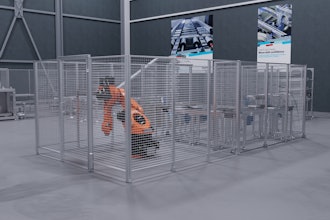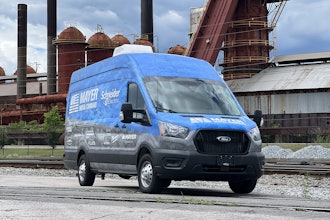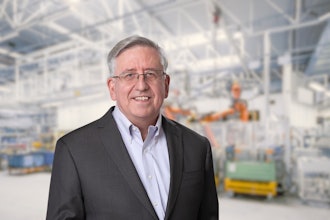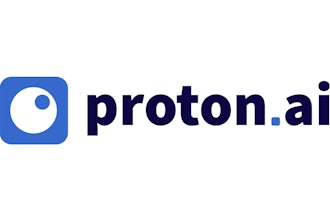
The Family Business Crossroads
Every family business eventually faces a turning point. For many family-owned distribution companies, this moment comes when it is time to upgrade their ERP.
Old software can’t keep up with modern demands. Outdated processes slow teams and lead to missed opportunities. Younger leaders often turn to technology to improve and future-proof the business.
Any major operational change can be daunting. Senior leaders may hesitate to change what still seems to work. For them, choosing a new ERP is not just about technology. It is about legacy, stewardship, and the long-term future of the business they spent decades building.
Understanding Resistance
Resistance to change is rarely just about the software. For many senior family members, their business represents a lifetime of hard work and is deeply intertwined with their identity.
This was the case for a third-generation family business that approached Conveyance Solutions as they were preparing to pass leadership to the fourth generation. Years of dependence on outdated systems led to unreliable data and information silos. The company was bleeding money, even though it was profitable.
The senior leader hesitated to approve the new ERP, not from stubbornness, but from uncertainty about how the change would fit within his legacy.
When senior family members resist, their concerns often include:
- Loss of Identity and Control: Change can feel like a threat to their established role as stewards of the family business.
- Fear of Obsolescence: New systems can make experience and intuition seem less valuable, raising underlying fears about diminished importance.
- Risk Aversion: After seeing the impact of major decisions over time, older leaders tend to be cautious.
- Cognitive Rigidity: Long-held habits make change difficult.
- Security & Privacy Concerns: In an age where hacks and large-scale data breaches are the new normal, worries about a new system are exacerbated.
These concerns often show up in daily operations when senior leaders continue using manual workarounds or long-standing processes. The belief that “if it’s not broken, don’t fix it” can preserve the status quo but block necessary improvements.
Understanding these motivations is key to starting productive conversations.
Communicating Across Generations
Empathy and respect are essential when involving the older generation in major operational changes.
In the case of our client, a fourth-generation leader, he began by identifying specific gaps: slow information flow, inefficiency, and lack of trust in the data. He took time to deeply understand existing systems, long-standing processes, and their relationship to company culture.
He then showed how a new ERP could provide the older generational leader with accurate, timely data. This reframed the project from a cumbersome disruption into a solution that supported current leadership while preparing for long-term success.
Thanks to this perspective shift, the senior leader became the project’s strongest supporter. The ERP was seen as a practical tool to protect the history of the company and establish stability for the next era.
His approach shows how younger family members can create productive conversations:
- Listen First: Focus on understanding concerns before suggesting solutions or defending the new technology. This builds trust and surfaces fears or misconceptions.
- Frame as a Shared Challenge: Position the new tech as a common goal that supports business continuity, reduces burdens, and preserves legacy.
- Involve Other Senior Members: Invite experienced team members as co-architects of the transition process. Value their insight instead of viewing them as barriers.
- Translate Benefits: Explain how the new ERP strengthens customer relationships, succession planning, and the company’s legacy.
- Use Respectful Language: Avoid dismissive phrases and technical jargon. Instead, ask questions that highlight the senior leader’s expertise and mirror their language.
Strategies and Unique Approaches
The right approach can make technological change less disruptive.
Three strategies proved effective with this client:
- Emphasize continuity. The ERP was framed as the next chapter in the company’s story, carrying on the torch of what worked and what didn’t.
- Demonstrating value before commitment. The younger leader used demo environments to showcase the benefits of a new ERP in a risk-free setting.
- Preserving institutional knowledge. The transition was positioned as a chance to document legacy processes and business wisdom.
Other strategies that can also help:
- Acknowledge concerns through an empathetic lens. Don’t just emphasize the system’s “efficiency.” Frame the new technology as an upgrade that safeguards the business and its legacy.
- Surface concerns as they arise. Avoid letting concerns fester into a ticking time bomb.
- Maintain an open dialogue. Change is a process. Focus on trust-building instead of technical persuasion.
- Encourage shared learning across generations through joint training.
- Expect setbacks. Set expectations early so the team is prepared to address challenges calmly and confidently.
Maintaining Family Unity Amid Change
Generational change can create tension when tradition and new ideas collide. The key is to value both.
In this case, the older leader safeguarded the company’s core principles while the younger leader focused on improving operations to stop the financial bleeding. They used structured conversations where both perspectives were heard.
To keep unity during change:
- Recognize both Adaptors and Innovators. Family dynamics usually include both Adaptors (steady, cautious, protective of the past) and Innovators (bold, future-focused). Value both for what they each bring to the table.
- Balance power dynamics so decisions reflect diverse perspectives.
- Use structured conversations. Family councils or workshops can create a safe environment to chat constructively.
- Celebrate progress as a team. Recognize small wins and key milestones with the entire team or family members.
Knowing When to Pause
Progress takes patience. Sometimes, the best move is to step back to protect working relationships and the project’s success.
Signs a pause may be needed:
- Emotion overload. If signs of withdrawal or repetition emerge, the conversation has shifted from discussion to emotional overload.
- Avoiding the topic. If they consistently change the subject, they may need more time and support to process the conversation.
- It gets heated when the conversation drifts off topic into personal attacks.
Pressing pause doesn’t mean failure. It helps preserve trust and relationships, paving the way for more construction dialogue later.
The Outcome
For this client, the ERP implementation was a success. The data was accurate, timely, and easily accessible. The client cut down bottlenecks, and decision-making has shifted from relying on gut feelings and iffy data to making choices based on solid facts.
The older generational leader spent less time poring over numbers and more time guiding his successor.
What began as reluctance ended in a shared ownership of the company’s direction.
Building a Bridge to the Future
ERP transitions in family companies require more than technical expertise. They call for patience, trust, and clear communication across generations.
The right approach blends the values that shaped the business with the systems that will carry it forward.
At Conveyance Solutions, we work alongside family-run distribution companies to plan and manage ERP transitions that preserve legacy while improving daily operations. We understand the balance between respect for history and the need for progress. If your business is preparing for an ERP upgrade, we can help you take that step with confidence, clarity, and a plan that works for your unique needs.
Katie Harding is the marketing director and Allie Taylor is the CEO, COO and co-founder of Conveyance Solutions.









